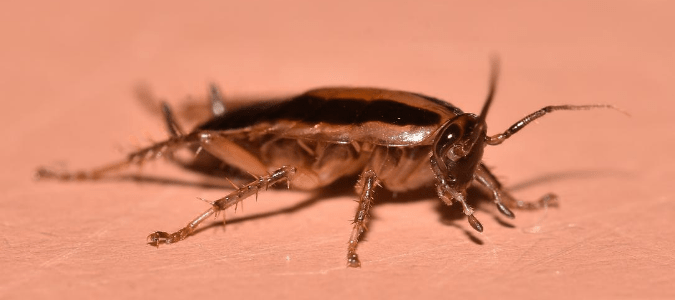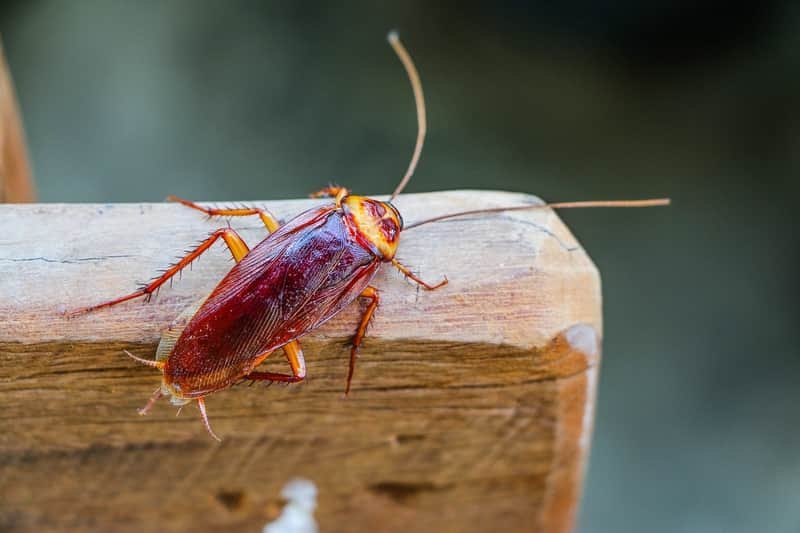Have you ever wondered if roaches disappear during the winter months? Well, you’re not alone. Many people are curious about whether these pesky insects take a break from infiltrating our homes and scaring the living daylights out of us. In this article, we’ll explore the fascinating world of roaches and whether they hibernate or seek shelter during the colder months. So, if you’re ready to uncover the truth about these relentless creatures, keep reading!
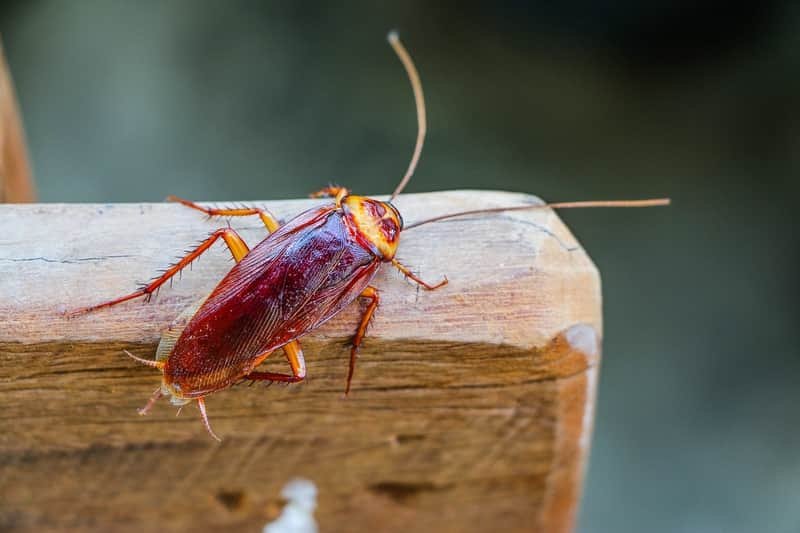

Seasonal Behavior of Roaches
During the winter season, the activity levels of roaches tend to decrease significantly. This is primarily because roaches are cold-blooded insects, meaning they are unable to regulate their body temperature internally. As the temperatures drop, roaches become less active and may even go into a state of semi-hibernation. This decrease in activity can be observed both indoors and outdoors, making it a common phenomenon during the winter months.
Activity Levels During Winter
Roaches become less active during the winter months due to the colder temperatures. While they may still move around to search for shelter and food, their overall activity is reduced compared to other seasons. You might notice fewer sightings of roaches scurrying across your kitchen floor or bathroom walls. This decrease in activity can provide a temporary relief from these pesky creatures, but it does not necessarily mean they are gone for good.
Reasons for Decreased Activity
The decrease in roach activity during winter can be attributed to a few factors. Firstly, the colder temperatures slow down their metabolic rate, making them sluggish and less active. Secondly, roaches need moisture to survive, and winter tends to be drier than other seasons, especially indoors where the heating systems can suck the moisture out of the air. Lastly, the limited availability of food sources during winter also contributes to the decreased activity levels. Roaches rely on organic matter for sustenance, and with less vegetation and food debris present during this season, their activity naturally declines.
Potential for Indoor Infestations
While roach activity may decrease during winter, the potential for indoor infestations still exists. Roaches are resilient pests and can find clever ways to enter your home, such as through cracks and crevices or by hitchhiking on items you bring inside. They seek out the warmth and shelter that your home provides, making it an ideal environment for them to survive the winter months. Therefore, it is crucial to remain vigilant and take preventive measures to avoid a winter roach infestation.
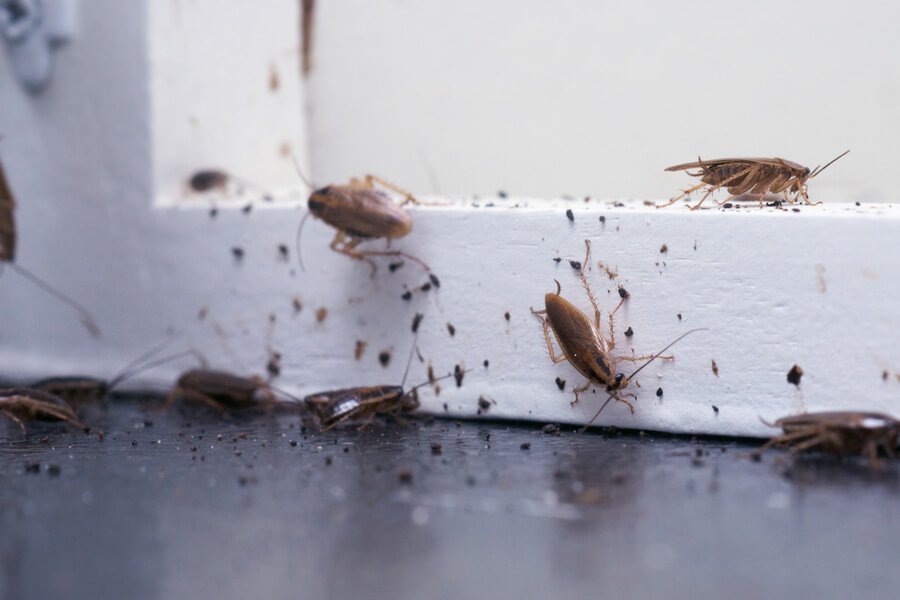

Winter Survival Strategies of Roaches
Roaches have developed several survival strategies to cope with the challenges posed by winter. These strategies allow them to overcome the unfavorable conditions and ensure their survival until the arrival of more favorable weather.
Seeking Warmth and Shelter
One of the primary survival strategies employed by roaches during winter is seeking warmth and shelter. They will often make their way into your home, taking advantage of any openings or vulnerabilities in the structure. Attics, basements, and crawl spaces are common areas where roaches seek refuge as they provide insulation against the cold temperatures outside. Additionally, they may hide in warm appliances like refrigerators or around pipes and heating vents to take advantage of the warmth they emit.
Reduced Reproduction and Growth
To conserve energy and resources during winter, roaches also reduce their reproduction and growth rates. This is an adaptive mechanism to ensure that their population does not deplete too quickly, as resources are scarce. While roaches are known for their rapid reproduction, winter slows down their reproductive processes. This temporary reduction in population growth can provide some respite, but it does not eliminate the risk of an infestation altogether.
Food Storage and Consumption
With limited food sources available, roaches adapt by storing and consuming food more efficiently. They have the ability to survive for weeks without food, so they may resort to scavenging for the smallest crumbs or bits of organic matter. They are known to chew through packaging and containers to access edible items like pantry staples or pet food. Additionally, roaches may resort to cannibalism during winter, feeding on their own kind or on dead insects, ensuring their survival in the absence of readily available food.
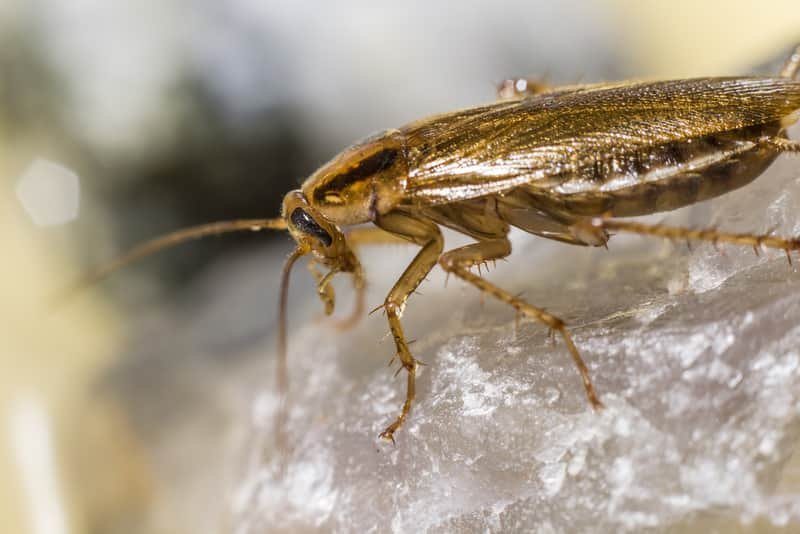

Common Winter Roach Species
Several roach species are commonly found during winter, each with its own unique characteristics and behaviors. Understanding these species can help in implementing effective prevention and control strategies.
German Cockroach
The German cockroach is one of the most common roach species encountered during winter. They are small in size, typically measuring around half an inch in length, and have a light brown or tan color. German cockroaches are excellent climbers and can quickly infest any building they find accessible. They are attracted to warm and humid areas, making kitchens and bathrooms their preferred hiding spots during winter.
Oriental Cockroach
Oriental cockroaches, also known as water bugs or black roaches, are larger in size compared to German cockroaches. They are shiny black or dark brown in color and have a sluggish movement. Oriental cockroaches are primarily outdoor pests, but during winter, they may seek shelter indoors, especially in damp areas like basements and crawl spaces. Their ability to survive in cold temperatures makes them a common nuisance during the winter months.
American Cockroach
The American cockroach, often referred to as the palmetto bug, is the largest among the common roach species. They can measure up to two inches in length and are reddish-brown in color. While they prefer warm and humid conditions, American cockroaches can also survive in colder temperatures. They are commonly found in commercial buildings, basements, and sewers, but during winter, they may venture indoors, seeking refuge from the cold.
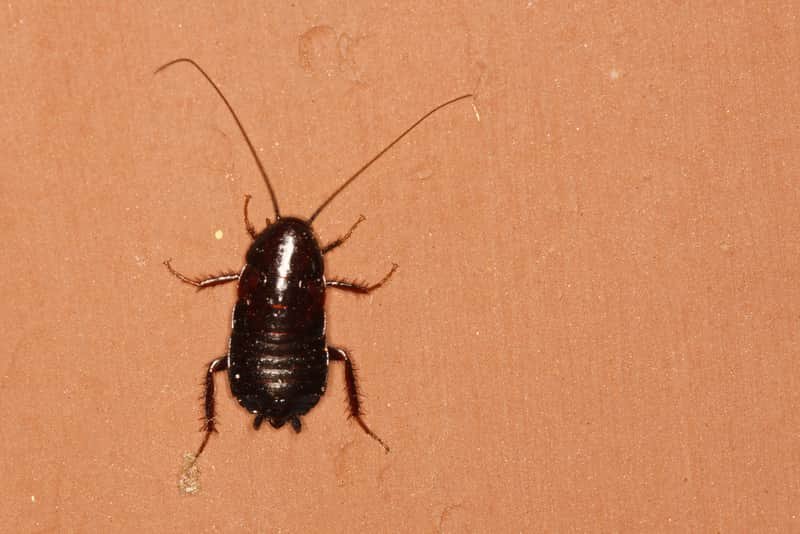

Preventing Winter Roach Infestations
Taking proactive measures to prevent roach infestations during winter can help ensure a pest-free home and a more enjoyable season. Here are some essential steps you can take to minimize the risk of an infestation.
Eliminating Entry Points
Start by inspecting your home for any potential entry points that roaches can exploit. Seal cracks and crevices in the foundation, walls, and windows with caulk or weatherstripping. Pay close attention to areas where pipes or cables enter your home, as these are common entry points. Repair any damaged screens on windows and doors to prevent roaches from sneaking in.
Removing Food and Water Sources
Roaches are attracted to open food containers and crumbs left behind on countertops and floors. Securely store food in airtight containers and regularly clean up spills and crumbs. Keep your kitchen clean and clutter-free, wiping down surfaces and sweeping regularly. Fix any leaks or drips in your home to minimize sources of water that may attract roaches.
Maintaining Cleanliness and Hygiene
Maintaining a high level of cleanliness and hygiene throughout your home is essential in deterring roaches. Regularly vacuum and mop floors, paying special attention to hard-to-reach areas like under appliances and furniture. Keep garbage bins tightly sealed and dispose of trash regularly. Clutter can provide hiding places for roaches, so make an effort to declutter and organize your space.


Dealing with Winter Roach Infestations
Despite your best efforts, there is still a possibility of a roach infestation during winter. It is important to be able to identify the signs of an infestation and know how to effectively deal with it.
Identifying Signs of Infestation
Common signs of a roach infestation include the presence of cockroach droppings, which resemble small black or brown pellets; a musty or pungent odor; and roach egg capsules, which are small, dark brown or black capsules often found in hidden areas like cracks and crevices. Additionally, if you spot live roaches during the daytime, it is a strong indication of an established infestation.
Using Baits and Traps
If you suspect a roach infestation, using baits and traps can be an effective method of control. Roach baits contain a slow-acting insecticide that roaches take back to their colony, ultimately killing other roaches as well. Traps can be strategically placed in areas of high roach activity to capture and remove them. However, it is important to follow the instructions carefully and place the baits and traps out of reach of children and pets.
Calling Professional Pest Control
In cases of severe infestations or if your own efforts prove ineffective, it may be necessary to call in professional pest control services. Pest control professionals have the knowledge, experience, and tools to effectively eliminate roach infestations and provide long-term solutions. They can assess the extent of the infestation, recommend appropriate treatment options, and ensure the safety of your home.
In conclusion, while roaches do tend to decrease their activity levels during winter, the potential for indoor infestations still exists. By understanding their seasonal behaviors, winter survival strategies, and implementing proactive prevention measures, you can minimize the risks and enjoy a roach-free home throughout the winter season. Remember, maintaining cleanliness, sealing entry points, and promptly addressing any signs of infestations are essential steps in dealing with winter roach issues successfully.
Your Expert in Animal Control and Extermination. Trust our experience for humane, effective pest management, protecting your property and ensuring peace of mind with Michael S.




